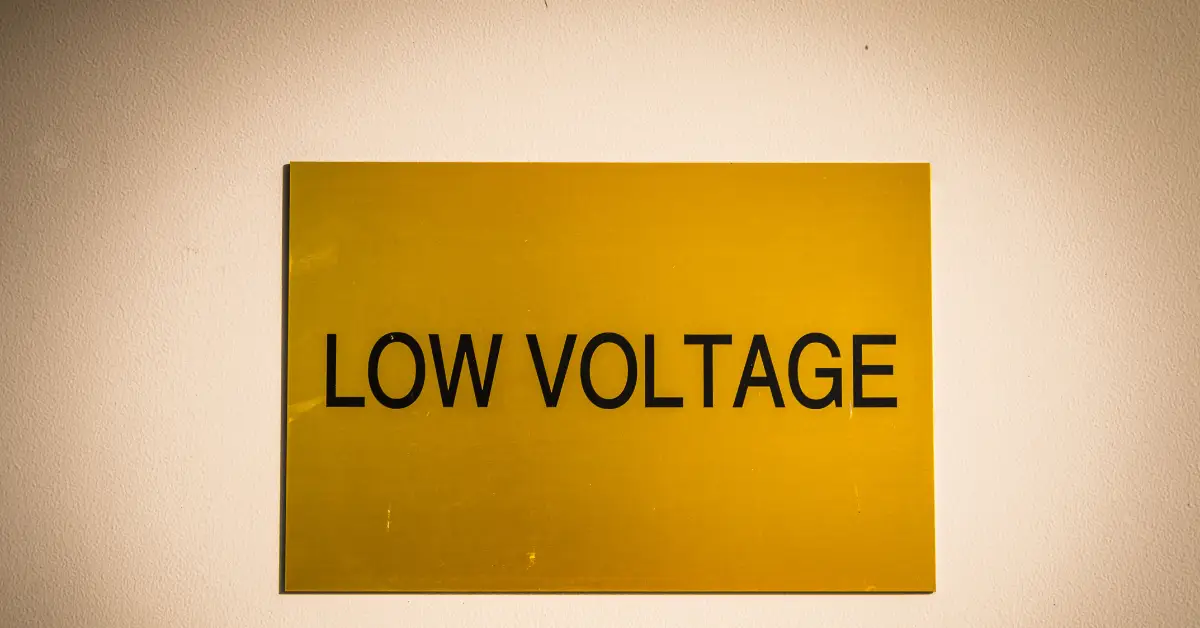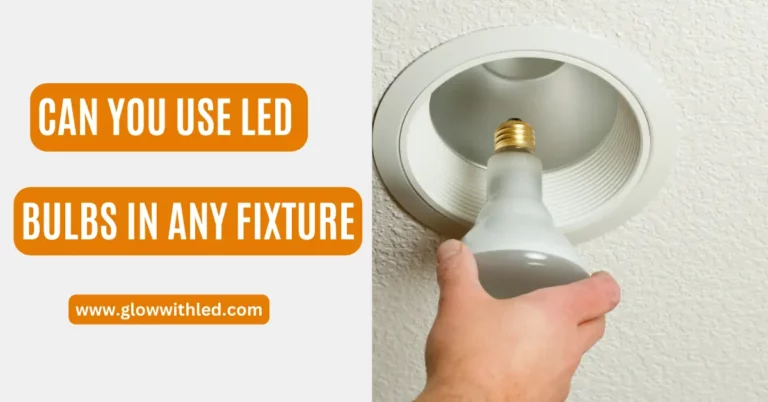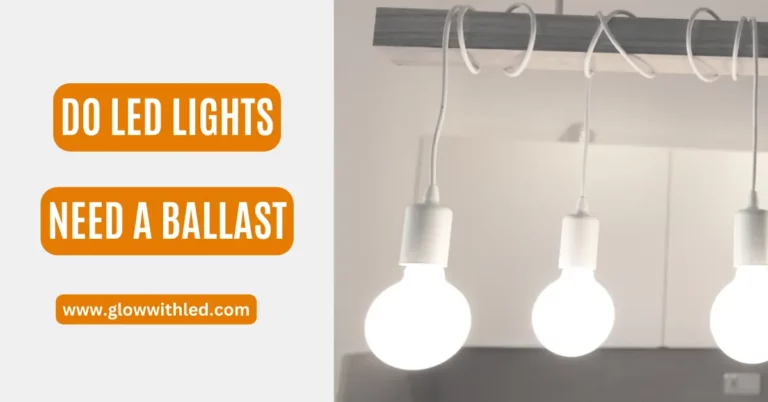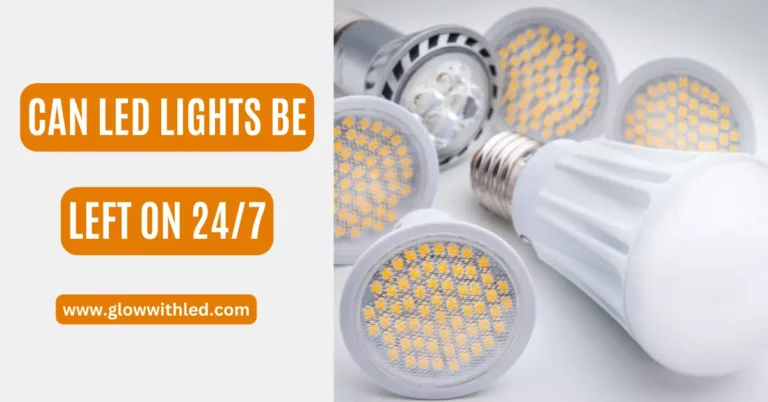What Is Low Voltage Lighting Mean?
Are you tired of paying high electricity bills every month just because of your lighting?
Most people still use traditional lights just because they are brighter. But do you know how traditional lights affect your safety and cost?
Traditional lights are high-voltage lights that consume a lot of power and have many safety hazards. Switching your lighting system from traditional to low-voltage is not an expensive choice. You can enjoy advantages that traditional lights do not offer. Except for high-voltage lighting that uses standard 120/240V, you can use low-voltage lighting that uses 12/24/48/V. Low-voltage lights are secure and energy efficient and produce the same brightness with low power consumption.
Here is a comprehension guide for you about the difference between traditional lights and low-voltage lights. You will also understand in which ways high-voltage lights are harmful to you and how you can get benefits from low-voltage lighting.
What Is Low Voltage Lighting?
 Low voltage lighting uses a technology that makes them able to operate properly on a voltage lower than used by traditional lights. Traditional lights use 120V-240V which causes high energy consumption.
Low voltage lighting uses a technology that makes them able to operate properly on a voltage lower than used by traditional lights. Traditional lights use 120V-240V which causes high energy consumption.
The standard voltage applied to household appliances is 120/240V. The low-voltage lights have built-in transformers or drivers that convert the incoming voltage to 12V/24V, according to the need of the bulb.
Low-voltage lights are not different from regular lights. You can easily install them as you install regular lights and enjoy the safe lighting in your home. Also. you don’t require any special lighting fixtures. You can use your existing fixtures if the size of the fixture and bulb base matches.
Moreover, low-voltage lights consume very little energy. If you replace all your traditional lights with low-voltage lights, you can enjoy the same brightness without worrying about an increase in electricity bills.
What Is The Difference Between Traditional Lights And Low-Voltage Lights?
Low-voltage lights are different from traditional lights in many aspects. There is not only a voltage difference, there are many other differences that you might know for the safe and secure lighting.
Let’s discuss the key difference between traditional lights and low-voltage lighting.
Traditional Lights
- Operate on high voltage or standard household voltage that is typically 120-240V.
- They operate on high voltage so they don’t require any transformer.
- Less efficient and consume more power.
- Use more power to produce the same amount of brightness.
- It is less durable and requires frequent replacement over time. That is very expensive.
- Due to high voltage, they are at high risk of electrical shocks,
- Easy to install but not reliable for outdoor lighting or in a moist environment. High voltage can cause electrical hazards in wet weather.
Low Voltage Lights
- Operate on low-voltage such as 12V, 24V or 48V.
- They operate on low-voltage so they need a transformer to prevent the bulb from burning out.
- Energy-efficient and consumes less power.
- Use less power to produce the same amount of brightness.
- They are more durable and have a longer lifespan. It requires less maintenance and is cost-effective.
- Due to low voltage, they have minimum or no risk of any shock.
- Easy to install and flexible to use either indoors or outdoors.
Although low-voltage lights use less voltage than traditional lights, it doesn’t mean they produce less brightness as compared to regular lights. The amount of brightness doesn’t depend on the consumption of energy. It depends on the amount of Lumens per square meter.
If you are more conscious of the brightness of your light bulbs, you can use a LUX meter to measure LED lights ( link: can lux meter measure LED lights). Different sizes of bulbs are available with different levels of brightness, you can choose according to your needs.
What Are The Disadvantages Of High-Voltage Lights?
Although high-voltage lights have some disadvantages, you can’t realize them if you don’t have proper knowledge about them.
Here we’ve listed the disadvantages of high-voltage or traditional lights that operate on high voltage.
- They consume a lot of power and cause an increase in electricity bills.
- Due to high voltage, there is a risk of electric shocks.
- They are less environmentally friendly.
- There is no way to dissipate the heat to maintain the temperature of the bulb. So, that cannot be used continuously.
- They are not safe to use outside because they are not weather-resistant.
- High-voltage lights produce a lot of heat and cause fire if installed near any flammable material.
- They have shorter lifespans so that costs more to replace them frequently.
What Is The Purpose Of Low-Voltage Lighting?
 Low-voltage lights are used for many purposes because they have many advantages over other lights. Choosing low-voltage lighting over high-voltage lighting is advantageous because you can enjoy many lighting benefits that traditional lights do not offer.
Low-voltage lights are used for many purposes because they have many advantages over other lights. Choosing low-voltage lighting over high-voltage lighting is advantageous because you can enjoy many lighting benefits that traditional lights do not offer.
Let’s discuss why it is important to use Low-voltage lighting.
Energy Efficient
Low-voltage lights are designed for lower energy consumption. LEDs and Halogen lights are considered energy-saving light bulbs that work on low-voltage and convert up to 85% of energy into lights and effectively reduce electricity bills. Low-voltage lights are also considered cost-effective. LED lights save you $18-20 per month if you replace your traditional lights with them.
Longevity
Low-voltage lights last longer than traditional lights. They have a longer life span and can be used constantly, such as LEDs that can be left ON 24/7 without damage to internal components. The price of LED lights is slightly higher than traditional lights but they can save you over maintenance.
Flexibility
Low-voltage lights are flexible and easy to install. Replacing traditional lights with low-voltage lights is not as difficult and expensive as you think. LEDs work with old wiring and can be used in any fixture. That means there is no need to rewire your house and replace your existing fixtures.
Home’s Safety
Low-voltage lights increase the safety of a house and reduce the risk of electrical shocks. They are considered low voltage lighting because they have a voltage range of typically 12V/24V/48V that is safe to use in wet or moist environments like bathrooms, kitchen cabinets, and outdoors.
Ambiance Lighting
Low voltage lights create a soft and ambiance lighting effect with dimmable options and various color temperatures. You can use LED light bulbs and strip lights outdoors to create an aesthetic lighting effect at night or light up the dark areas of your home.
Are LEDs Considered As Low-Voltage Lighting?
LED lighting technology is considered low-voltage lighting because it is designed to operate with low voltage such as 12V or 24V.
LED lights work on low-voltage direct current. So they have built-in transformers or drivers that step down the standard voltage to the 12V/24V and convert alternating current into direct current. LED lights have a risk of burning and damage if the voltage is too high and cannot properly light up if the voltage is low. So, in both cases, the drivers regulate the amount of current to prevent LEDs from any damage.
Moreover, some LED lights need external transformers or drivers to operate such as LED downlights, tape lights, and certain fixtures, panels, and outdoor-rated lights.
Conclusion:
Low-voltage lighting is the best choice to keep your home secure from any safety hazard and has many advantages over regular lights.
Such lights are energy-efficient and flexible. You can enjoy the pleasing light ambiance at the lower cast.
Moreover, these lights operate on low voltage and are weather resistant, so you can use them for both indoor and outdoor purposes.







